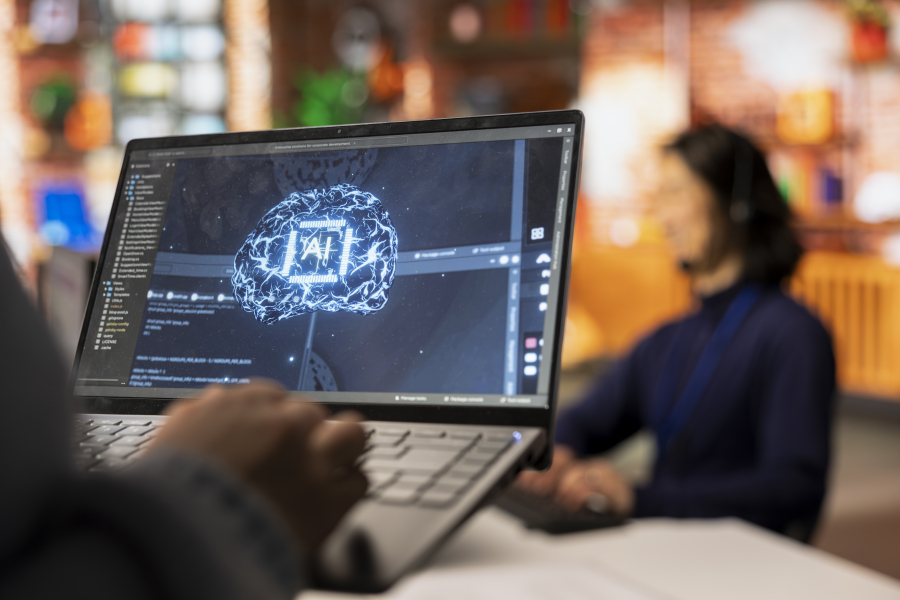How Augmented Reality (AR) Can Enhance Web Applications
Augmented Reality (AR) is transforming the way users interact with websites and web applications. By overlaying digital elements in the real world, AR enhances user engagement, interactivity, and overall experience. From e-commerce and real estate to education and gaming, businesses are leveraging AR to provide immersive, dynamic, and personalized experiences.
With AR-powered web applications, users no longer need specialized apps to experience AR—WebAR technology allows direct interaction via web browsers. This makes FreelancerBridge the perfect place to explore how AR is shaping the future of web development.
How Augmented Reality (AR) is Transforming Web Applications
1. Enhancing E-Commerce with Virtual Try-On
AR enables customers to try on products virtually before making a purchase. Fashion brands, eyewear stores, and cosmetics companies use AR-powered virtual fitting rooms to boost sales and reduce return rates.
2. Improving Online Shopping Experience
Customers can visualize furniture, home decor, and accessories in their real environment before buying. IKEA and Amazon use WebAR to let users place 3D models of products in their space.
3. Revolutionizing Real Estate & Property Tours
Real estate websites use AR-based virtual property tours, allowing buyers to explore homes remotely in a 360-degree immersive view. This saves time for both buyers and sellers.
4. Interactive Learning & Education
Educational web applications integrate AR to make learning more engaging and interactive. 3D models, historical reconstructions, and science simulations improve comprehension for students.
5. Boosting User Engagement in Marketing & Advertising
Brands use AR-powered campaigns to create interactive advertisements where users can scan a QR code and view 3D product animations or interactive storytelling experiences.
6. Enhancing Online Gaming & Entertainment
Web-based AR games provide immersive experiences without requiring downloads. Browser-based AR gaming is growing rapidly, offering interactive experiences through simple web access.
7. AR-Powered Virtual Meetings & Collaboration
Web applications for video conferencing, like Zoom and Microsoft Teams, are integrating AR for virtual backgrounds, real-time object manipulation, and 3D avatars, improving remote collaboration.
8. Navigation & Location-Based Web Applications
WebAR enables real-time navigation, allowing users to access AR directions, nearby businesses, and landmarks directly through their browsers. This is useful for tourism, transportation, and delivery services.
9. Personalized Customer Experiences
Web applications can leverage AR for personalized recommendations, allowing users to interact with customized 3D content based on their preferences and browsing history.
10. The Future of WebAR in Web Development
With advancements in 5G, AI, and cloud computing, WebAR technology will continue to evolve. Businesses that integrate AR into their web applications will gain a competitive advantage in delivering next-generation digital experiences


 by Emily
by Emily




